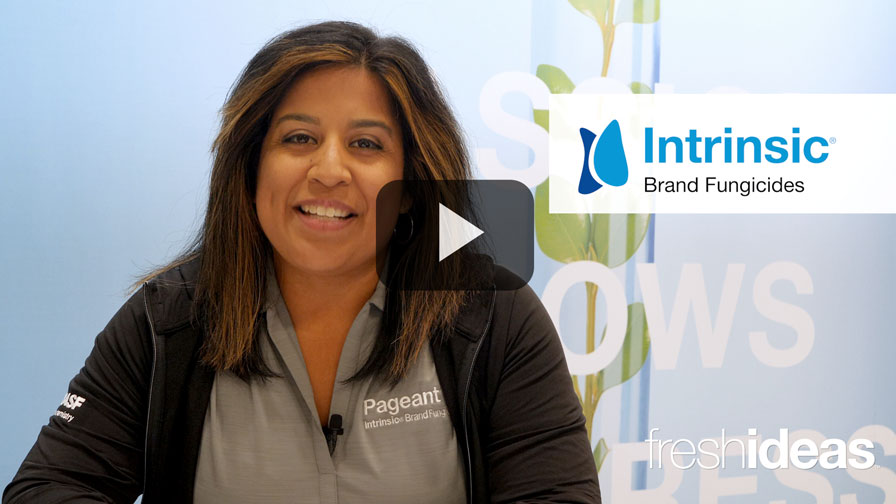Understanding and Defining Plant Disease Resistance
Open any ornamental seed catalog and you can find selections that claim various forms of plant disease resistance. Some of these claims comprise innovative, disease-resistant products that are worth the premium for the benefits they bring growers and customers.
High resistance to downy mildew in impatiens represents one such claim. However, there are many more with claims like “less disease pressure when compared to…,” “good rain resistance,” “not susceptible to blight,” “are less sensitive,” “exceptional disease resistance,” and “bred to withstand heat and humidity with disease resistance.”
At best, these claims are vague or inconsistently applied. A customer looking to purchase marigold with Alternaria leaf spot resistance would not know if “exceptional disease resistance” referred to Alternaria, another fungal disease, or even bacterial leaf spot. At worst, these claims are misleading or confusing to the customer.
A white paper written by AmericanHort’s Horticultural Research Institute (HRI) points out that, oftentimes, resistance is mistakenly thought to equal immunity. A customer might be disappointed when planting a vinca with intermediate resistance to Phytophthora nicotianae if it is planted in a location with high disease pressure because immunity was assumed.
Why Wording Is Critical
Resistance is any inherited characteristic of a host plant that lessens the effects of parasitism (genetic ability to restriction infection and multiplication of the pathogen). The International Seed Federation (ISF) Vegetable and Ornamental Crops Section, and the American Seed Trade Association (ASTA) recommend that vegetable seed companies use the terms susceptibility, high or intermediate resistance, and immunity to describe the reaction of plants to pathogens in communication with their customers. Tolerance is the ability of a plant variety to endure abiotic stresses without serious consequences for growth, appearance, and yield. This is the language that AmericanHort proposed the horticultural industry adopt.
This language will help to create consistency in the industry and clarity among customers. But there’s even more work that is done in research and breeding to ensure new cultivars hold up to the standards of the HRI disease-resistance language. As you can imagine, the methods of reporting the disease resistance of cultivars vary among different breeding programs. Internally at Ball Horticultural Company, we have worked to establish internal standards for the types of pathological verification required to claim and use the disease resistance language defined by HRI. We call these verified disease resistance and observational disease resistance, and both types require good experimental design and the use of susceptible and resistant controls.
Verified plant disease resistance – A line or cultivar has been evaluated for its response to a specific pathogen in comparison to a set of differential hosts by disease resistance screens using well-characterized isolates of the pathogen and conducted under controlled, disease-conducive environments. In other words, this type of resistance is repeatable and demonstrable.
Observational (non-verified) plant disease resistance – A line or cultivar has been demonstrated to reduce or limit the effect of infection based on performance notes collected over time and/or field trials under environmental (natural) disease pressure. In other words, this type of resistance may depend on the circumstances under which it was evaluated and may not be repeatable. Observational disease resistance will require more language to describe the situations in which cultivars demonstrate resistance. A good example of this is using the term field resistance, which gives an effective control of a pest/pathogen under natural conditions in the field, but which is difficult to detect or characterize in the lab or greenhouse or is specific to a location or several locations.
We all want consumers to be successful growing healthy, resilient plants. From a disease resistance perspective, this goal starts with breeders and product developers using reliable criteria to evaluate disease resistance. This goal takes marketing and sales staff understanding what type(s) of disease resistance(s) are claimed and explaining what those benefits are (and are not) to growers and customers. In the end, success with a plant usually translates to repeat purchases — sustaining and growing our industry.










